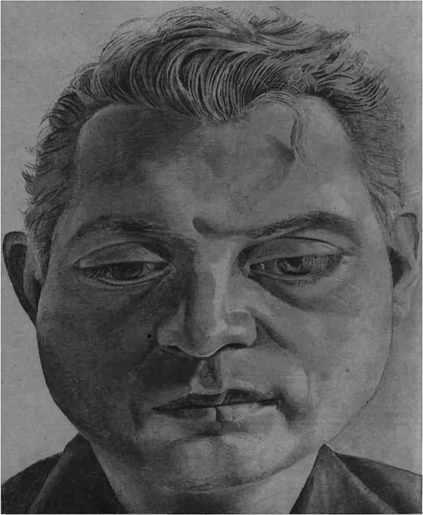Andrew Graham-Dixon reviews the major retrospective of Lucian Freud's paintings, just opened at the Hayward Gallery
IN A RARE television interview screened on yesterday's Review (BBC 2), Lucian Freud hardly the most outgoing of artists was in characteristically terse form.'He made one concession to public opinion: "Naturally, because there is a megalomaniacal side to all artists, I hope people will respond to my work." But the bottom line was that he doesn't "care at all" what they think of it.
Those associated with the large and extremely impressive Freud retrospective that arrived at the Hay-ward last week take a rather different view. This touring show (it has been to Washington and Paris, and will travel to Berlin) is not just another art exhi-bition; it is presented as a milestone in cultural history. Robert Hughes has written the catalogue introduction, in which he makes no bones about what he considers to be Freud's crucial importance in an age of terminal aesthetic decline. Hughes's Freud,"the greatest living realist painter", is cast as a heroic modern Canute, holding back the tide that threatens The End Of Visual Culture As We Know It.
Freud's intense realism, in Hughes's view, offers a last lifeline back to authenticity. It suggests "not 'empty value' but lived experience of the world"; it has the power to "give that experience stable form, measure and structure; and so release it, transformed, into one mind at a time ..." Freud's art gives us back the world.
But all paintings, and Freud's are no exception, are the product of deliberation, of artifice, the results of a hundred decisions of mind, hand and eye. Freud's art implicitly acknowledges the realist fallacy the pitfalls of the Pygmalion complex by developing from one kind of "realism" to another.
His prime subject is, always, the human...


